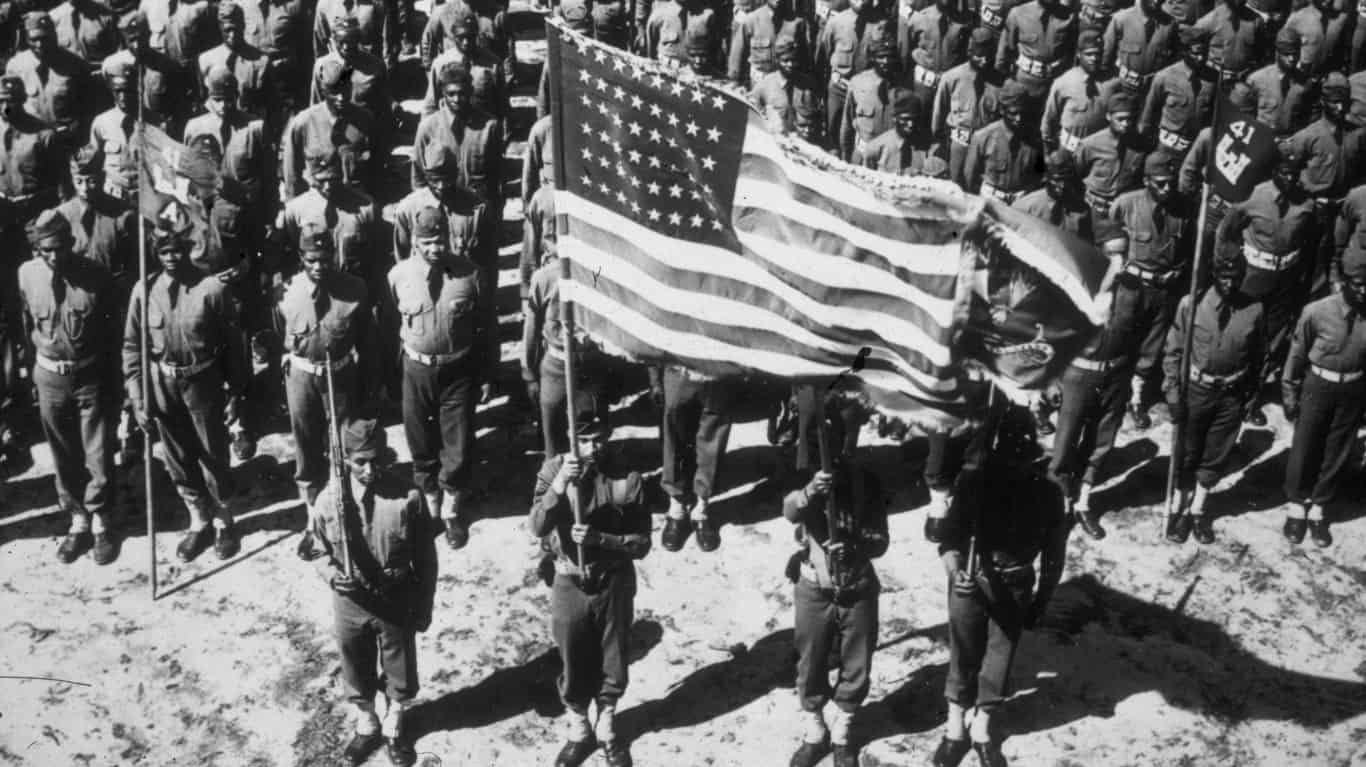
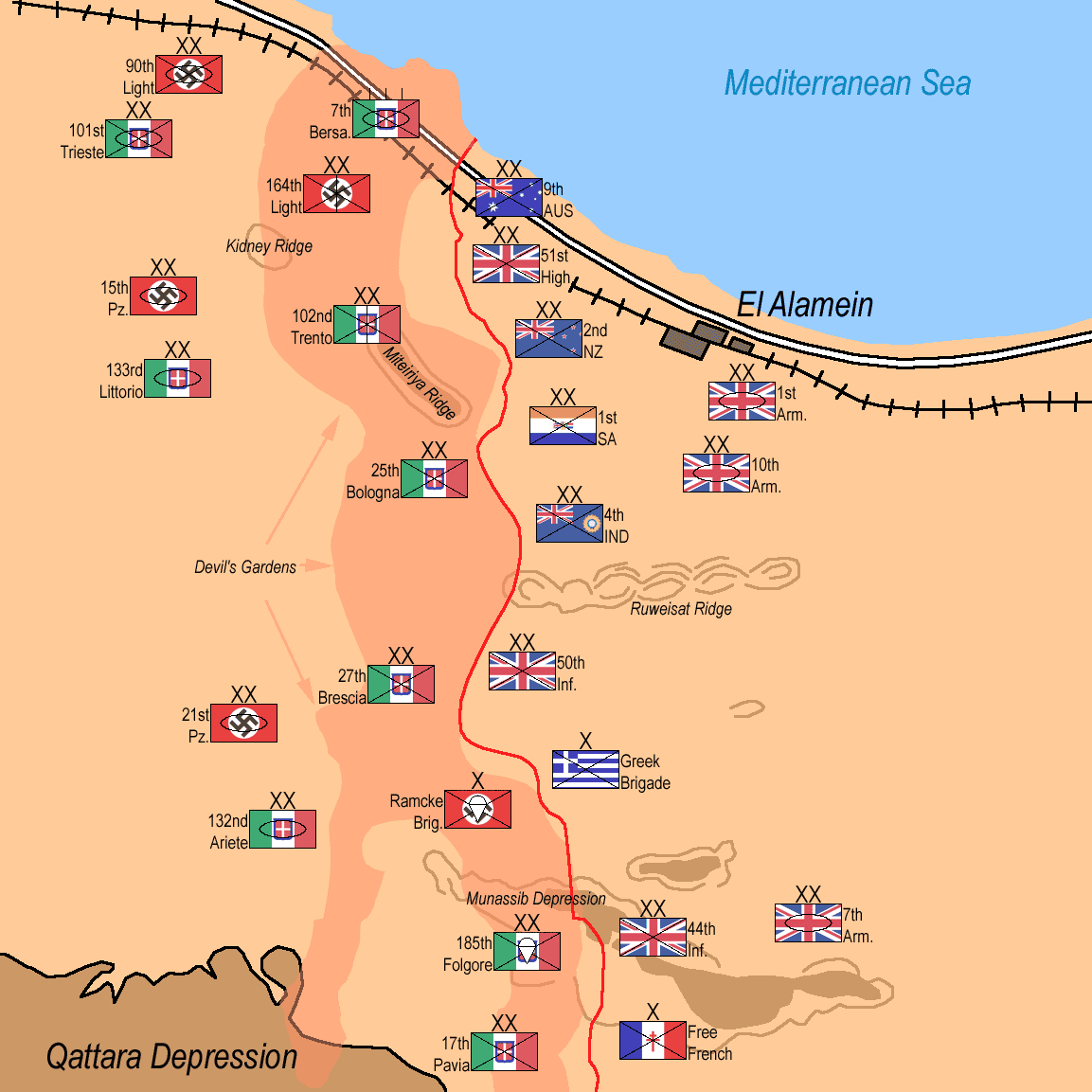


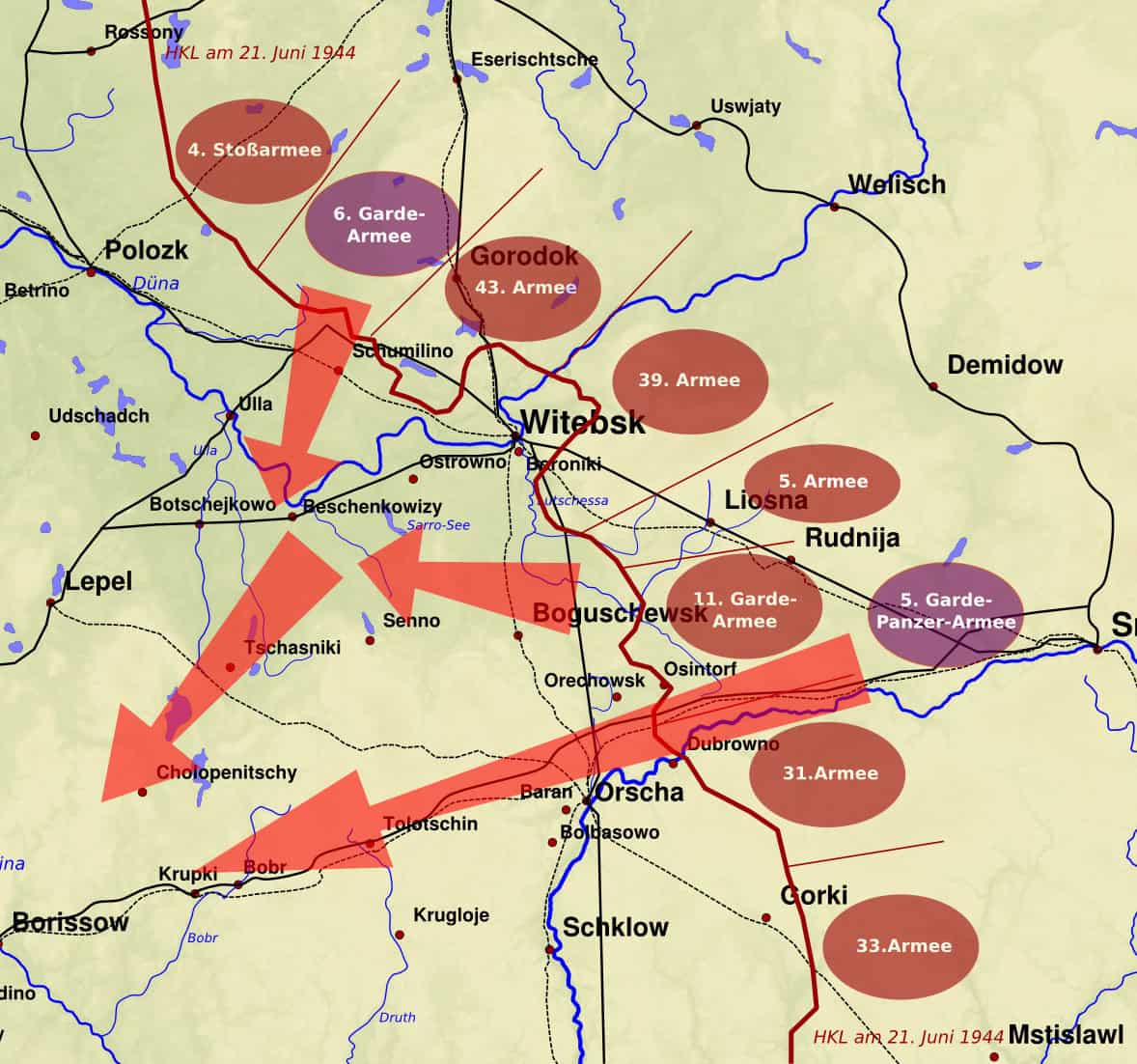





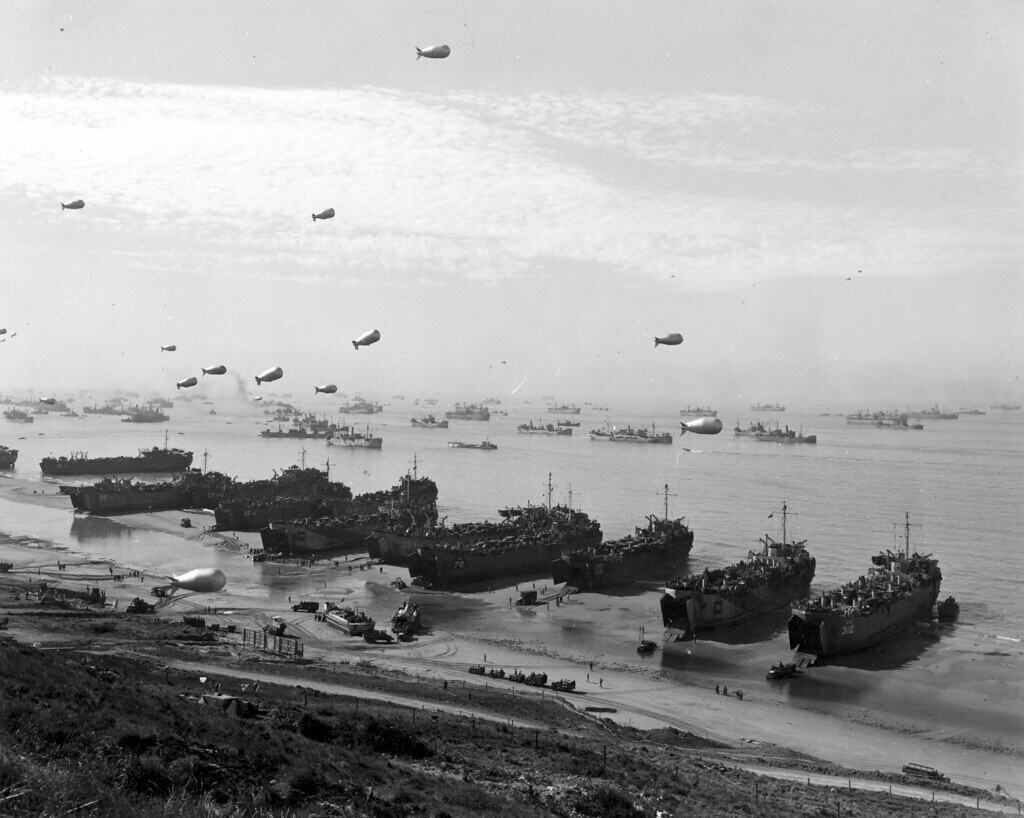
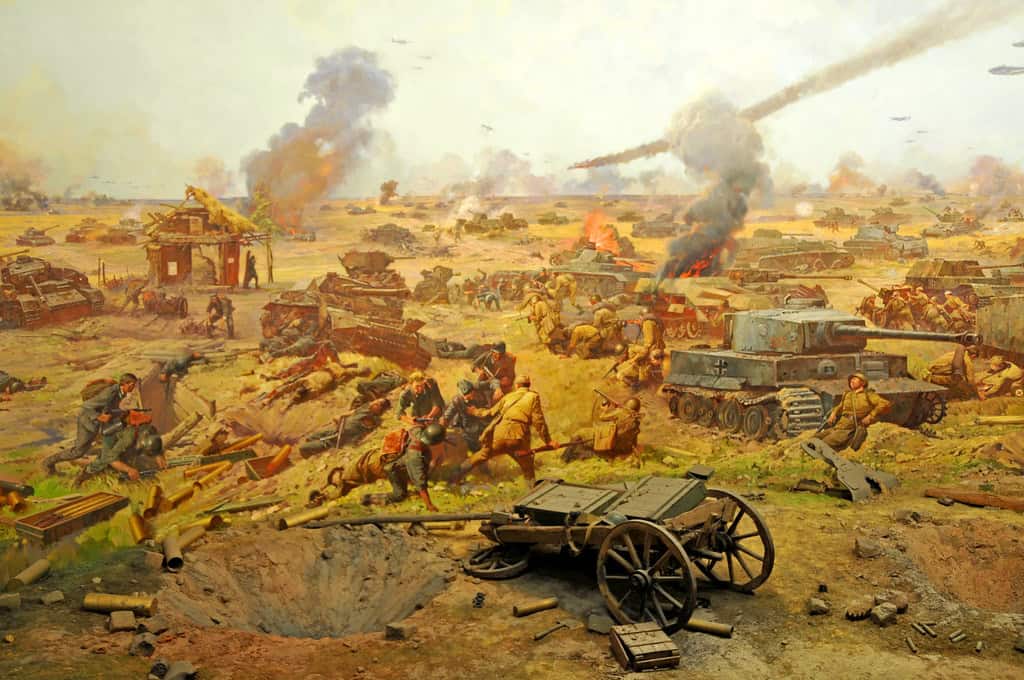

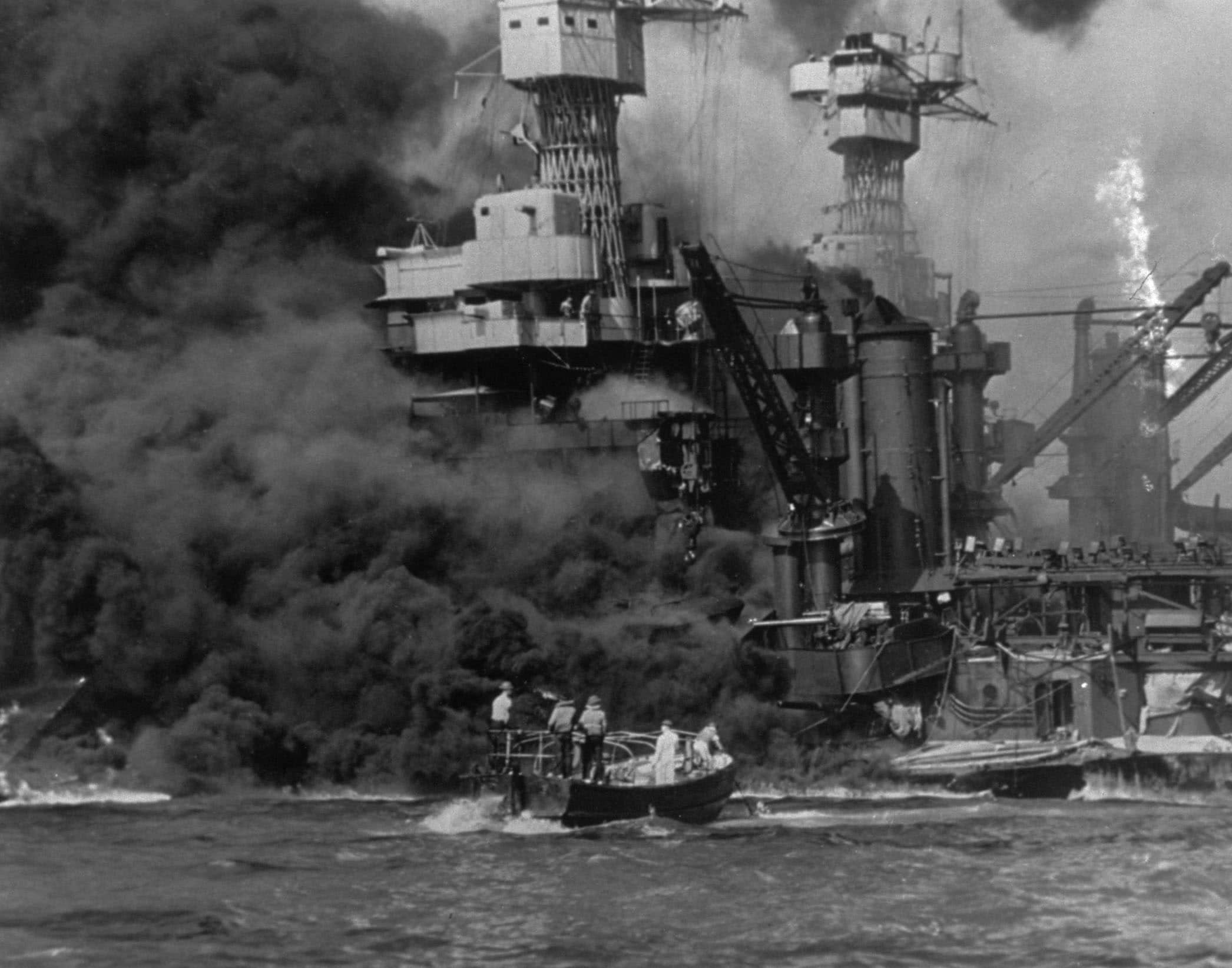
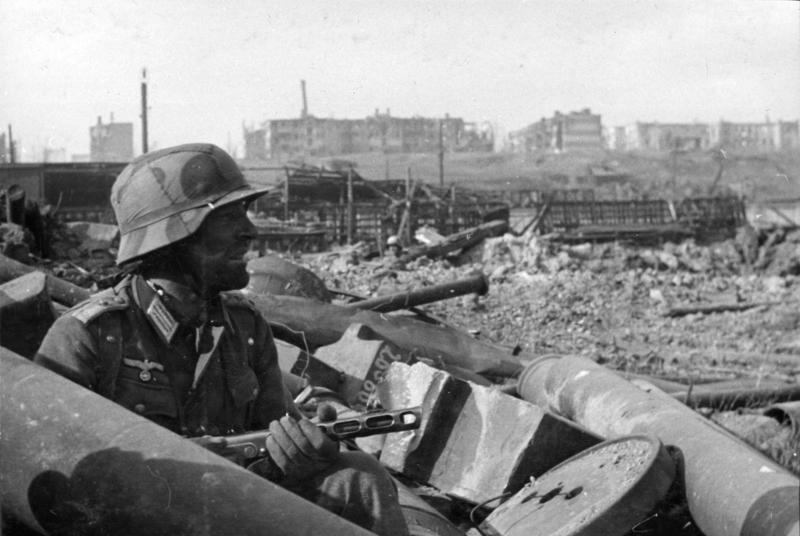

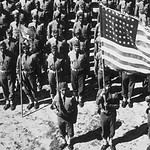


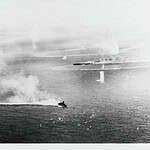

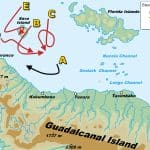

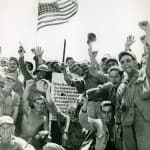
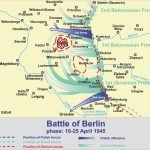

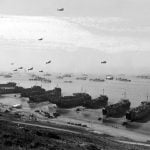
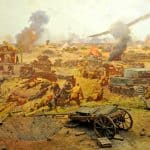

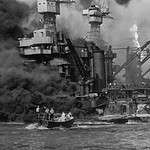


These Battles Decided the Fate of World War 2
One of the most devastating wars in human history, World War II, had it ended differently, would have left the world's landscape looking far different today. Thankfully, even with dozens of countries participating on either side of the war, a few notable battles ultimately helped to influence the outcome in favor of the Allies. While not all these battles resulted in Allied victories, their importance remains significant.
15. Battle of El Alamein (Second Battle)
The second of two major battles in the same location, the Battle of El Alamein, occurred between October 23 and November 11, 1942. With Allied forces including Britain, New Zealand, Australia, and Indian units aligned against Germany, the battle focused on stopping the infamous German military leader Erwin Rommel from capturing Middle Eastern oil fields.
The battle marked a turning point in the North African campaign, forcing Rommel to retreat and abandon efforts to capture the Middle Eastern oil fields.
14. Battle of Moscow
Early in the War, Germany marched toward Moscow starting on October 2, 1941, and continued until January 7, 1942. The goal was to capture Moscow by encircling the city with around 2 million troops.
Germany was ill-equipped for harsh Soviet winters. Even with a smaller fighting force, the Soviets had the upper hand, and their counterattack pushed Germany back more than 150 miles. It became clear that Germany could not overcome Soviet manpower.
13. Battle of Leyte Gulf
The largest naval battle in world history, the Battle of Leyte Gulf, involved more than 200,000 sailors, 300 ships, and 1,800 aircraft. Japan hoped to disrupt US landings in the Philippines. Still, this battleship-to-battleship fight saw the US destroy Japan’s last four aircraft carriers and numerous other ships, all but destroying most of its naval power.
Seeing the battle was lost, Japan turned to Kamikaze attacks, marking a major shift in Japanese military strategy.
12. Operation Bagration
Although not among the most discussed battles of the war, the fight between Germany and the Soviet Union during Operation Bagration had a lasting impact on the world. Fought between June 22 and August 19, 1944, Operation Bagration was a massive Soviet offensive that resulted in the destruction of Germany’s Army and marked one of the most significant defeats in German military history.
Operation Bagration resulted in the Red Army liberating Soviet territory and taking land that would later give it control of Eastern Europe during the Cold War.
11. Battle of Guadalcanal
Taking place early on in the Pacific Theater, the August 7, 1942 start date of the Battle of Guadalcanal remains very important as the first major US counterattack against Japan. Over seven major naval battles and heavy ground attacks, Japan retreated from the area, giving the US a huge morale boost and enabling it to go on the offensive and take the fight closer to mainland Japan.
10. Battle of Iwo Jima
The iconic image of US Marines raising the flag on Iwo Jima was captured during one of the war's most important and fiercely fought battles. Taking place between the US and Japan, Iwo Jima held strategic importance as Japan could launch aircraft to intercept US bombers headed to attack Japan.
The high cost of nearly 7,000 US deaths in this battle contributed to the decision to avoid a full-scale ground invasion of Japan.
9. Battle of Okinawa
The United States and Japan fought the Battle of Okinawa between April 1 and June 22, 1945.
In one of the last battles of the Pacific Theater, Japan hoped that holding out at Okinawa with kamikaze attacks would buy it time.
The US wanted to capture the island, only 350 miles from mainland Japan, to prepare for a larger invasion. Over 120,000 troops died in the fighting, and the death toll gave US leadership pause about invading Japan, which ultimately led to the decision to use the atomic bomb.
8. Battle of Berlin
The final major campaign of World War II, between April 16 and May 2, 1945, the Soviet Union and Germany faced off in and around Berlin. In many cases, the fighting occurred house-to-house and street-to-street as ill-equipped German forces attempted to hold out.
Ultimately, Soviet Forces overwhelmed the last of Germany’s defenses and captured Berlin and the Reichstag, symbolically ending the war.
7. Battle of the Bulge
Between December 16, 1944, and January 25, 1945, Germany fought against Allied forces, aiming to break the Allied lines and capture Antwerp. The Allies benefited from clear weather, which allowed their bombers to decimate German forces and exhaust much of what remained of Germany’s reserve army units. After breaking German lines, the Allies crossed the Rhine and entered Germany by March 1945, ending the war.
6. D-Day
D-Day, or the Battle of Normandy, occurred on June 6, 1944, and continued until August 30. Allied forces, including the US, Britain, Canada, and Free French forces, landed on the beaches around Normandy and opened up a second front in Western Europe.
This meant Germany was fighting against the Soviet Union to the East and the Allied Forces to the West. There is little question that if this landing had not been successful, it would have prolonged the war for years.
5. Battle of Kursk
The largest tank battle in world history, the Battle of Kursk, was fought between July 5 and August 23, 1943. Over 6,000 tanks and 2 million troops fought as the Soviet Union and the German Army squared off, and both sides suffered heavy losses.
Soviet intelligence had anticipated the attack, which gave the Red Army time to build defensive positions, but Germany failed to break through. For the rest of the war, Germany was mostly on the defensive fighting against the Soviet Union.
4. Battle of Midway
Widely viewed as the most important battle in the South Pacific, Japan hoped to lure US aircraft carriers into a trap and destroy US morale. Unfortunately for Japan, US Naval Intelligence had anticipated this move, so it launched a counterattack that would decimate Japan’s desire to expand its hold on the South Pacific and is considered a turning point in the war.
3. Pearl Harbor
Japan's surprise attack on the United States at Pearl Harbor on December 7, 1941, was one of the most influential events in determining the outcome of the war. Had the US stayed out of the war or entered at another point, it might have been an entirely different outcome.
Fortunately, even though this was a strategic victory for Japan as it crippled the US Pacific Fleet, it gave rise to America’s incredible manufacturing strengths and unified public opinion, which had previously kept the nation out of the conflict.
2. Battle of Stalingrad
Between July 1942 and February 1943, the German Army launched a major offensive to capture Stalingrad, resulting in one of the war's bloodiest battles. The Soviet Army was determined to protect its homeland, leading it to defeat Germany’s 6th Army, forcing it to give up hopes of controlling Eastern Europe.
As many as 2 million casualties took place during this war, making it one of the bloodiest battles in world history. This battle also gave the Soviet Union a morale boost, allowing it to focus on marching toward Berlin.
1. Battle of Britain
Taking place between July 10 and October 31, 1940, Germany’s Luftwaffe attempted to gain air superiority over Britain in preparation for a land invasion. The first major military campaign fought entirely by air forces, the Royal Air Force was outnumbered, but its use of radar helped it successfully defend the island. Had Germany taken Britain, the entire outcome of the war could have been in question.
